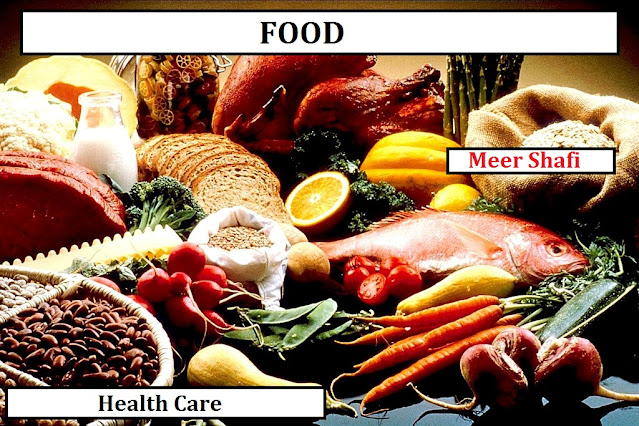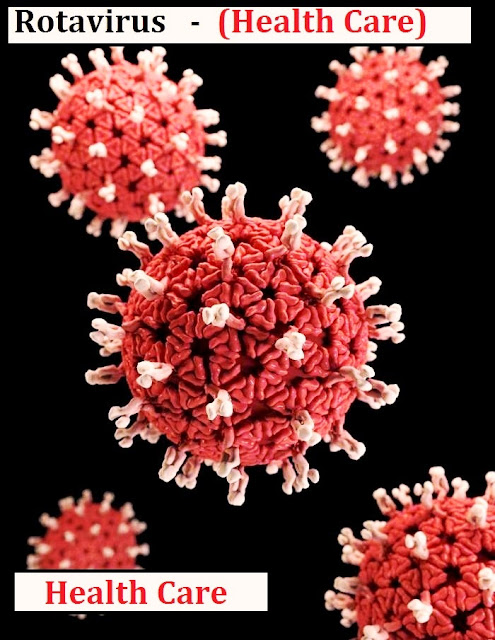Food - Nutritions
Any item ingested by an organism for nutrient support is considered food. Food is often made from plants, animals, or fungi and contains vital elements including carbs, lipids, proteins, vitamins, and minerals. The material is consumed by an organism and absorbed by its cells in order to supply energy, support life, or promote growth. Animals of different species have various feeding habits that meet the demands of their distinct metabolisms. These habits have frequently evolved to fill a particular ecological niche in particular geographic contexts.
Numerous additional social and political challenges, such as
sustainability, biological variety, economics, population expansion, water
availability, and food access, are significantly impacted by the food system.
International organizations, including the International Association for Food
Protection, the World Resources Institute, the World Food Programme, the Food
and Agriculture Organization, and the International Food Information Council,
keep an eye on food security and safety.
Classification and definition
Any material taken as food gives an organism energy
and nutrient support. Animals ingest it for development, health, or enjoyment,
and it can be ingested in raw, processed, or prepared form. Proteins, carbs,
fats, and water make up the majority of what we eat. Food also contains organic
compounds like vitamins and minerals like salt. Photosynthesis is a process used
by plants, algae, and some microbes to create their own food molecules. Water
has been acknowledged as a food in itself and is a component of many meals. The
components with the lowest energy densities, or calories, are water and fibre,
whereas fat has the highest energy density. Additionally, some inorganic
(non-food) components are necessary for plant and animal life to operate. Human
food can be classified in a number of ways, depending on its processing or
substance. The quantity and make-up of dietary categories can change.
Vegetables and fruit, cereals and bread, dairy, and meat are the four main
categories that most systems incorporate. These groupings identify their
origins and respective nutritional roles. In studies on diet quality, foods are frequently divided into
categories such as whole grains and cereals, refined grains and cereals, vegetables, fruits, nuts, legumes,
eggs, dairy products, fish, red meat, processed meat, and sugar-sweetened
drinks. Nineteen food categories are used by the Food and Agriculture
Organization and the World Health Organization: cereals, roots, pulses, and
nuts; milk; eggs; fish and shellfish; meat; insects; vegetables; fruits; sweets;
beverages; foods for nutritional purposes; food additives; composite dishes;
and salty snacks.
Sources of food
Food
creates a web of interlocking chains in a particular ecosystem, with primary
producers at the bottom and apex predators at the top.
Decomposers and detrovores, which consume detritus, are further components of
the web that break down dead organisms. Algae, plants, bacteria, and protozoa
are examples of primary producers that derive their energy from sunlight. The
herbivores that eat the plants are the primary consumers, and the carnivores
that eat those herbivores are the secondary consumers. Some creatures, such as
the majority of mammals and birds, are classified as omnivores because
they consume both plants and animals in their diets.
The apex predators, or creatures without known
predators in their ecology, are where the food chain comes to a stop. Humans
are frequently referred to as "apex predators."
Humans are omnivores who eat a variety of foods,
including fruits, vegetables, cooked meat, milk, eggs, mushrooms, and seaweed.
The primary food that gives the world's population the most food energy is
cereal grain. 87% of the world's grain production is made up of rice, wheat,
and corn (maize). Around the globe, 55% of the crops are cultivated for human
consumption, 36% are for animal feed, and 9% are for biofuels. Fermented foods
like bread, wine, cheese, and yoghurt are also made using fungi and bacteria.
Dirt and sunlight
The primary source of energy and nutrition for
almost all life on earth is photosynthesis. It is the primary source of
nutrition for plants, algae, and certain microorganisms. Without it, all
species that rely on these higher up the food chain, from coral to lions, would
perish. Sunlight is received and used to create oxygen and glucose from water and carbon dioxide in the air or
soil. The glucose is then kept as an energy reserve once the oxygen has been
released.
Additionally, plants take in vital nutrients and minerals from the
soil, water, and air. The three primary nutrients a plant needs to survive are
carbon, oxygen, and hydrogen, which are obtained from the air or water. In
addition to calcium, sulphur, magnesium, iron, boron, chlorine, manganese,
zinc, copper, molybdenum, and nickel, the three primary nutrients taken from
the soil for plant development are nitrogen, phosphorus, and potassium.
Plants
Plants are frequently broken down into seeds,
fruits, vegetables, legumes, grains, and nuts as sources of nourishment.
Botanically classified fruits like the tomato, squash, pepper, and eggplant, or
seeds like peas traditionally regarded as vegetables, might change where plants
fit under these categories. Therefore, seeds, nuts, and grains are considered
to be fruit if the portion of the food that is consumed is derived from the
reproductive tissue.
After grains, nuts, seeds, and fruits used as
vegetables have been taken out, fruits are typically thought of from a culinary
viewpoint as the leftovers of botanically specified fruits. Oats, wheat, rice,
corn, barley, rye, sorghum, and millet are examples of cereal grains, which are
classified as belonging to the Poaceae (grass) family, whereas pulses are
classified as belonging to the Fabaceae (legume) family.






